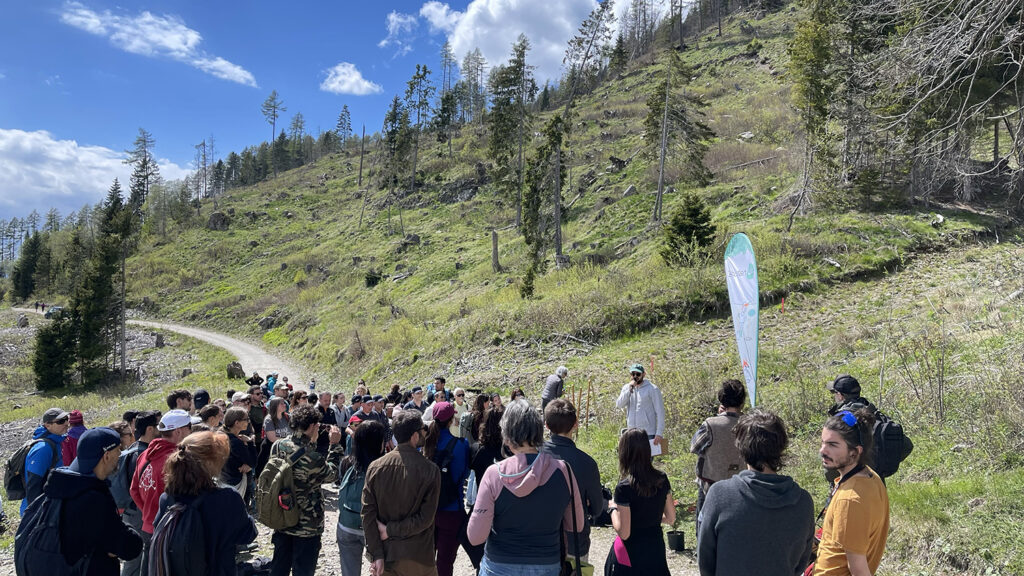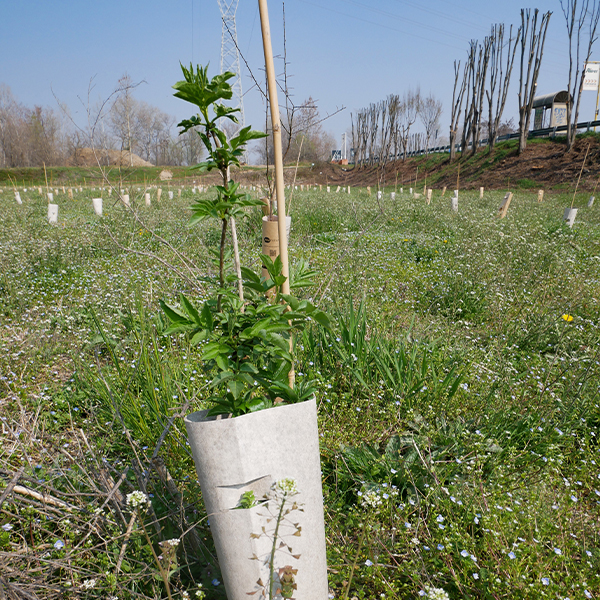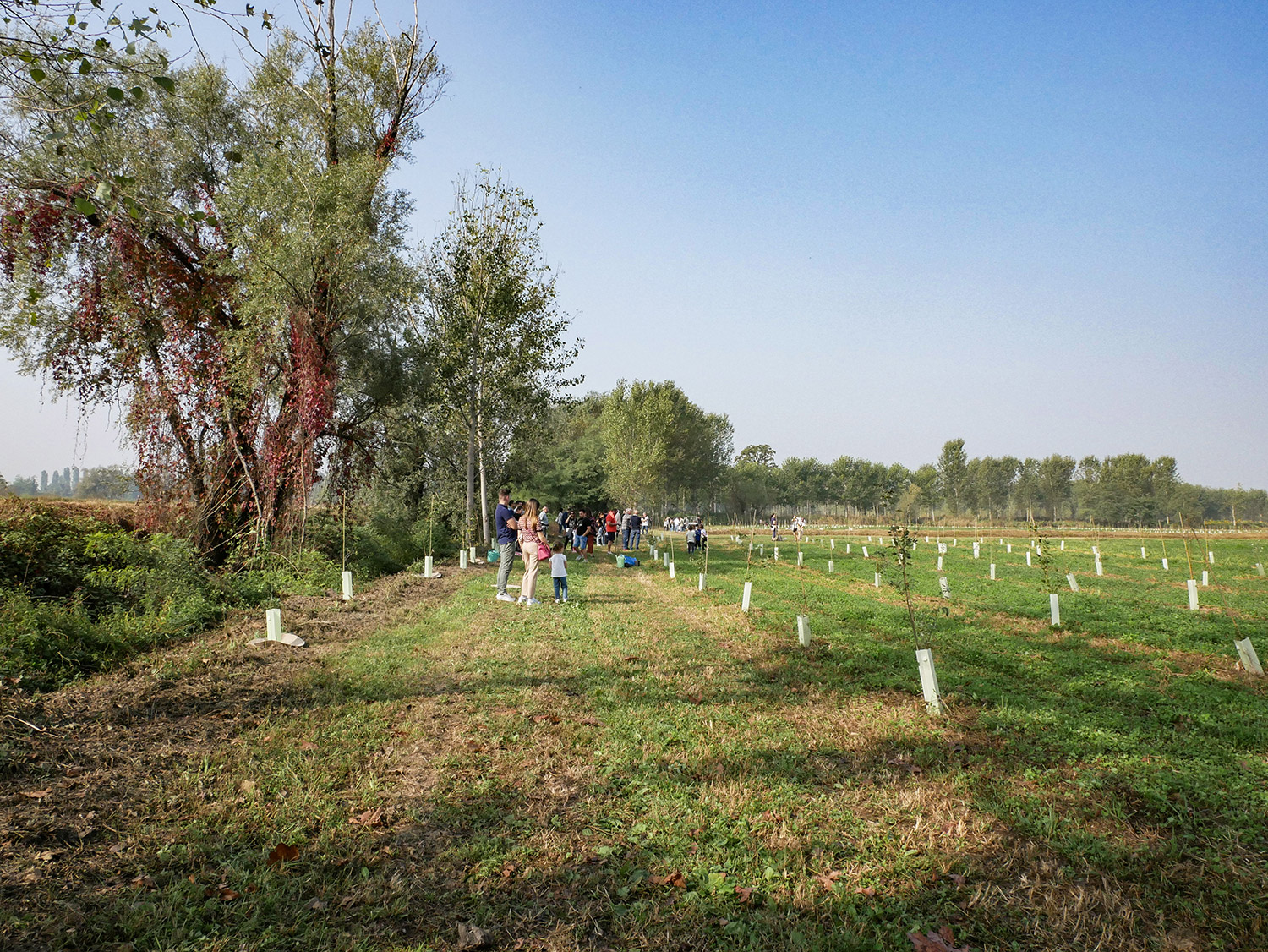
How to reduce pollution: concrete actions for a sustainable future
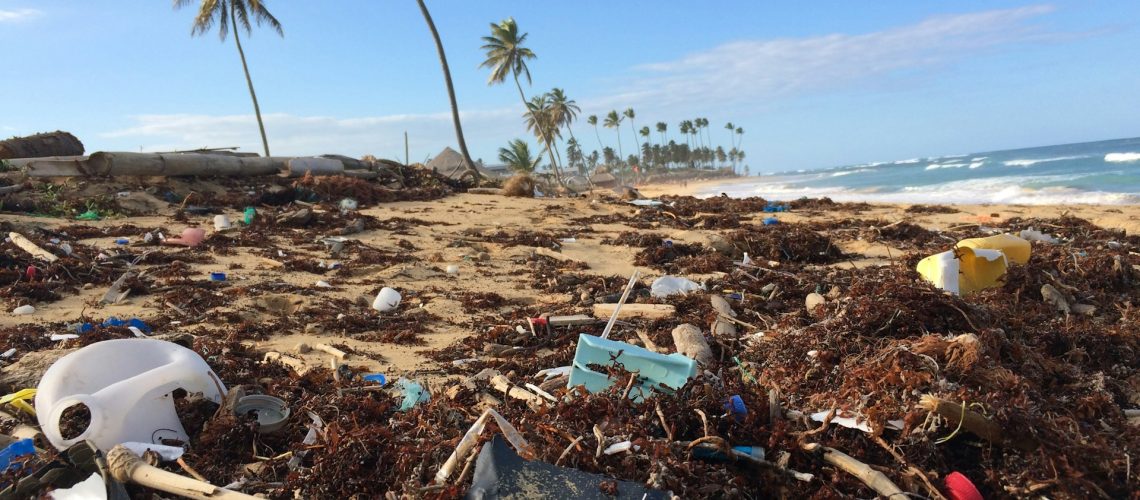
Environmental pollution is an alteration of the environment caused by both natural activities (e.g. volcanic eruptions) and human activities (e.g. energy production, industry, transport, construction, livestock farming and waste management). All these activities or phenomena release chemical (microplastics, hydrocarbons, greenhouse gases, etc.), physical (light, noise, radiation, etc.) or biological (bacteria, organic substances, etc.) elements that damage ecosystems and life on the planet. The damage can be short, medium or long term, or permanent, and includes the contamination and destruction of habitats and the spread of poisoning or disease.
Pollution is a global challenge that affects us all. In a world where the population continues to grow, it is essential to adopt an approach that starts at the local level and extends to the global level, as pollution generated in one country has repercussions across the entire planet. Just think of air pollution, which now affects even the most remote areas of the Earth, or plastic pollution, which has created veritable floating islands in our oceans.
Where to start? We can certainly make more sustainable choices by changing our habits, starting with the actions that are easiest for us and aiming to improve a little bit every day.
The main causes of pollution
The main causes of pollution vary depending on the type of pollution (air, noise, light, water, etc.). Currently, air pollution and plastic pollution are two of the most widespread and impactful types of pollution on a global level.
Air pollution is closely linked to greenhouse gas emissions from human activities, which are causing global warming and the climate and ecological crisis. Climate change is contributing to the extinction of many plant and animal species and thus to a serious loss of biodiversity. It is estimated that around 50 living species disappear every day due to habitat destruction and the climate crisis.
According to the latest ISPRA report on the state of the environment in Italy, in 2023, the energy and transport industries were responsible for around 50% of national climate-changing gas emissions. There are other key sectors that have a profound impact on emissions.
ISPRA, in a study conducted in collaboration with Greenpeace, has highlighted that, in contexts such as the Po Valley, the presence of particulate matter and the formation of smog also derive from the heating of buildings, livestock farming and agriculture.
How to reduce pollution in everyday life
On an individual level, what habits contribute to pollution? First and foremost, the use of non-renewable energy sources, domestic heating and air conditioning, car use and air travel. Meat consumption and food waste, the purchase of plastic products, especially single-use items, and littering also contribute.
It is easy to feel powerless, but it is important to remember that each of us can make a difference. Not only because, throughout human history, ordinary people have managed to bring about global change, but also because, through our daily actions, we can raise awareness among those around us, exchange more sustainable practices and habits, and give space and expression to new ways of inhabiting and living on our planet.
Individual choices for a more sustainable lifestyle
To achieve a more sustainable lifestyle, we can adopt the 5 Rs approach — Reduce, Reuse, Recycle, Recover and Reclaim. Before purchasing new goods and services, we can ask ourselves if we can do without them, or to what extent we can reduce our consumption. Next, we can let ourselves be guided by the other Rs to try to offset or reduce our impact.
How can you start reducing your impact? Here are some suggestions:

Walk, cycle or use public transport
For short journeys, travelling by bicycle or on foot can reduce emissions by around 75% compared to travelling by car (the carbon footprint produced by travelling one kilometre by bicycle is usually between 16 and 50 grams of CO2eq per km, depending on how efficiently you cycle and what you eat). Alternatively, travelling by public transport is preferable.
Carpooling and e-mobility as alternatives
Organise a car-pool service with colleagues or neighbours; if you are considering a new vehicle and plan to use it in the city, consider an electric or hybrid car to maximise the environmental benefits. When public transport is not a viable option, we can consider car-pooling or switching to electric vehicles instead of combustion engines.

Reduce single-use plastic, choose reusable and biodegradable products
Avoid products packaged in single-use plastic (especially bottles, bags, disposable tableware), choose foods and products with sustainable packaging. A 50% reduction in global single-use plastic use by 2050 could avoid over 10 billion tonnes of CO₂.
Adopting a more sustainable diet (reducing meat and fish consumption)
Reduce your consumption of meat and animal products. Choose legumes, whole grains and vegetables instead. A recent study indicates that a global shift towards diets with less meat and dairy products could cut global food emissions by around 17%.
Collective initiatives
Separate waste collection and recycling as high-impact everyday actions
An important issue when it comes to collective contexts — whether cities, workplaces or common areas — is waste management. Proper waste collection management is most effective when done collectively. It is therefore important not only for each of us to do our part, but also to promote good practices in spaces where they are not yet applied. Consider, for example, the office where we work every day or other shared environments.
Awareness campaigns and local sustainability projects
Collective initiatives, such as urban clean-up campaigns, the creation of shared vegetable gardens or reforestation projects, help to strengthen the sense of community and spread good practices. Participating in or promoting local activities allows you to generate a concrete and visible impact on the territory: every group action multiplies the effectiveness of individual efforts, transforming awareness into real change.
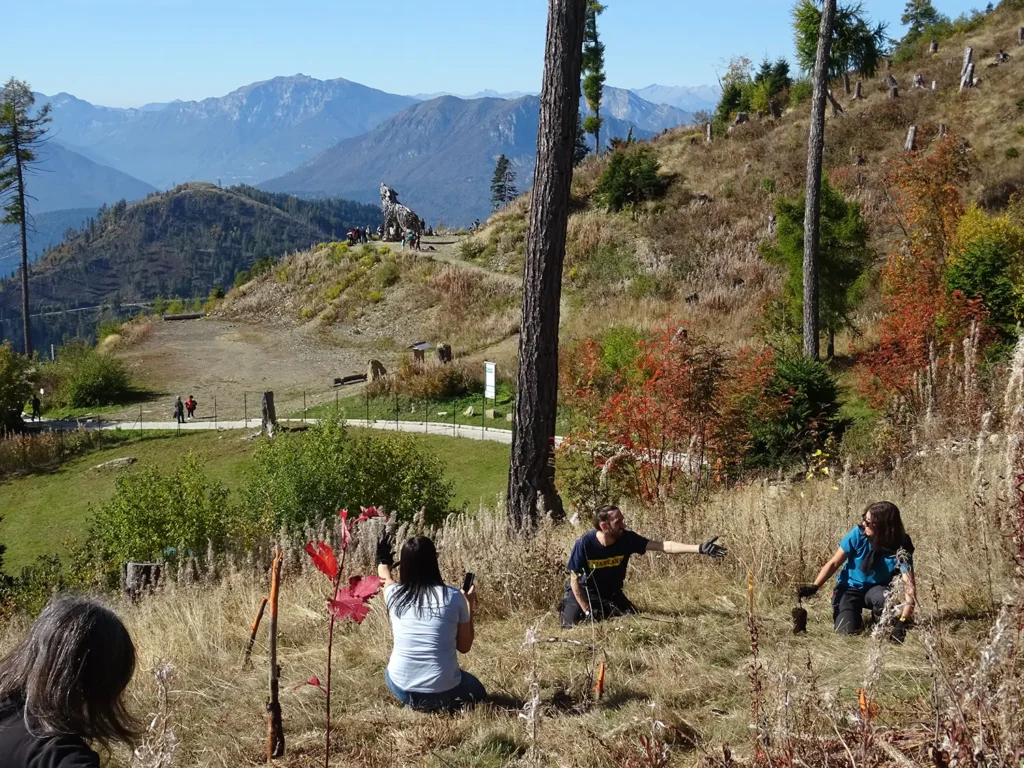
Involvement of schools, businesses and communities
Environmental education and collective participation are essential for building a more sustainable future. Schools can educate more aware citizens, businesses can adopt green policies and promote responsible behaviour among employees and customers, while local communities can promote shared good practices. Collaboration between institutions, businesses and citizens means creating virtuous networks capable of generating lasting benefits for the environment and society.
Innovative technologies and solutions
Renewable energy: solar, wind and geothermal
The transition to an energy system based on renewable sources is one of the keys to reducing emissions and combating climate change. Installing solar panels, choosing green energy suppliers or supporting wind and geothermal power plants means contributing directly to decarbonisation.
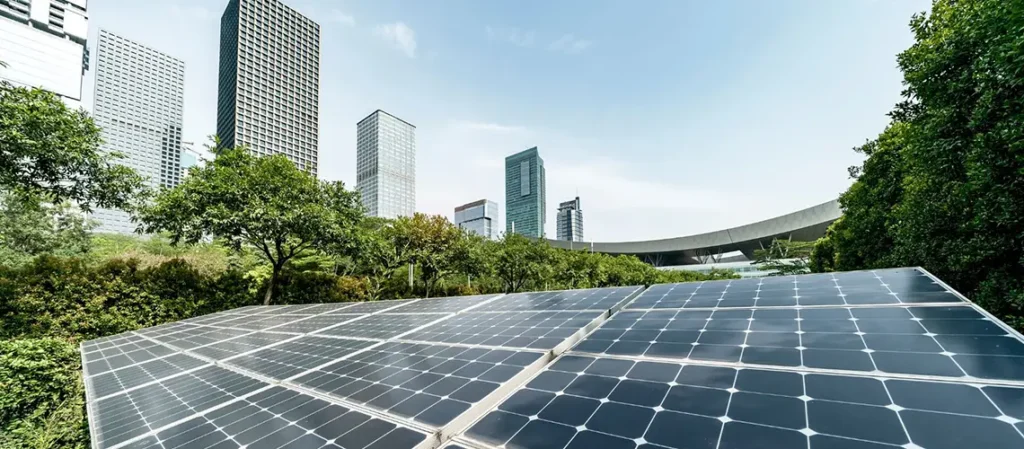
Eco-friendly household products: cleaning and FSC-certified furniture
Even your household choices can make a difference. Using certified eco-friendly cleaning products reduces the release of harmful chemicals into the water, improving the quality of waterways and the health of ecosystems. Choosing FSC-certified furniture and furnishings ensures that the wood comes from responsibly managed forests, protecting biodiversity and local communities.
Electric vehicles and green infrastructure in cities
Sustainable mobility is one of the pillars of the cities of the future. Electric vehicles, when powered by renewable energy, can significantly reduce CO₂ emissions compared to petrol or diesel vehicles when replacing a vehicle. At the same time, investing in green infrastructure such as cycle paths, urban parks or green roofs helps to improve air quality and reduce urban summer temperatures.
10 practical tips to reduce pollution (a useful checklist for everyone)
Here is a quick checklist to keep in mind to understand what actions can help us reduce our impact on the environment:

1) Reduce water consumption: turn off taps, repair leaks in your home, use the dishwasher to wash dishes and select low-consumption programmes on your washing machine.
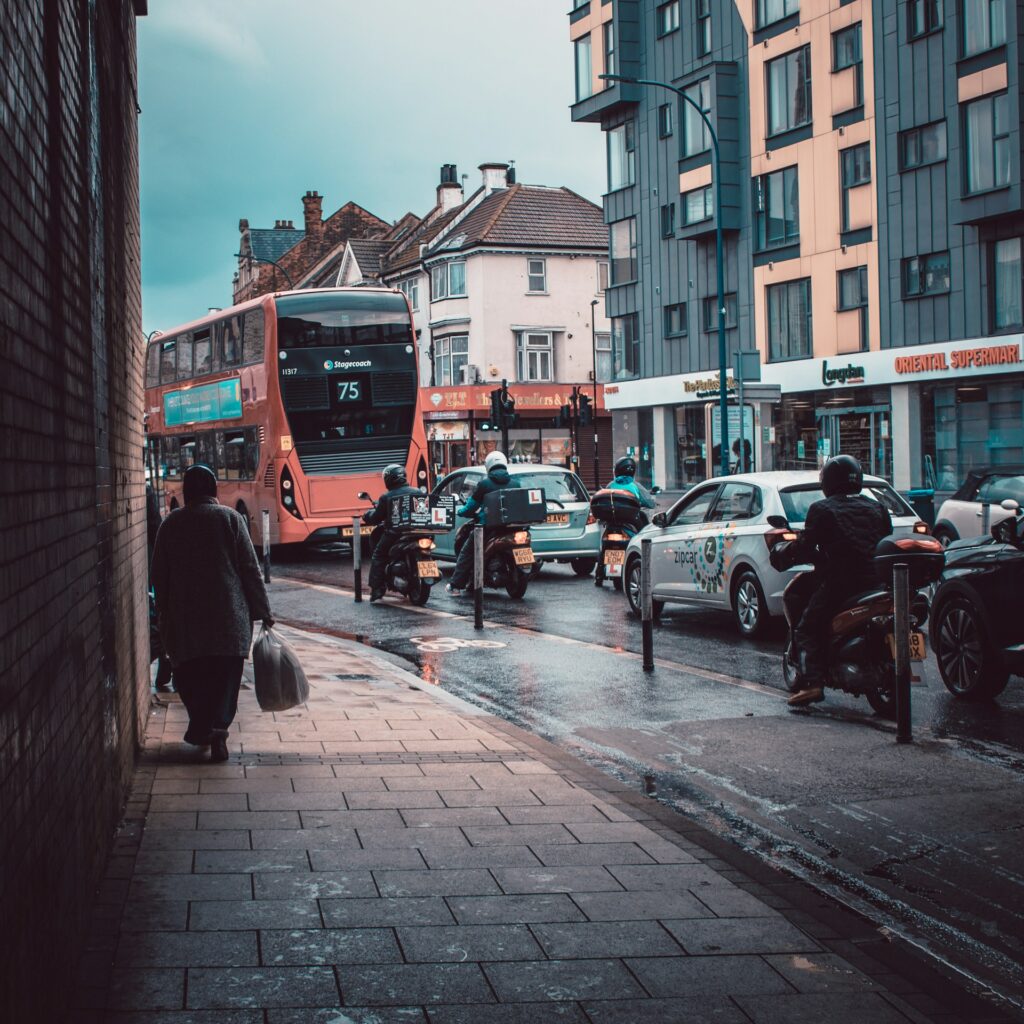
2) Use your car less: choose to walk or cycle instead, or if this is not possible, use public transport such as buses, trams or trains; alternatively, try to organise carpooling.

3) Limit energy waste: choose LED light bulbs and efficient, low-consumption appliances. Switch off unused lights and do not leave appliances on standby.

4) Eat more vegetables: reduce your consumption of meat, fish and animal products, deciding how many times a week you will allow yourself to eat this type of food.
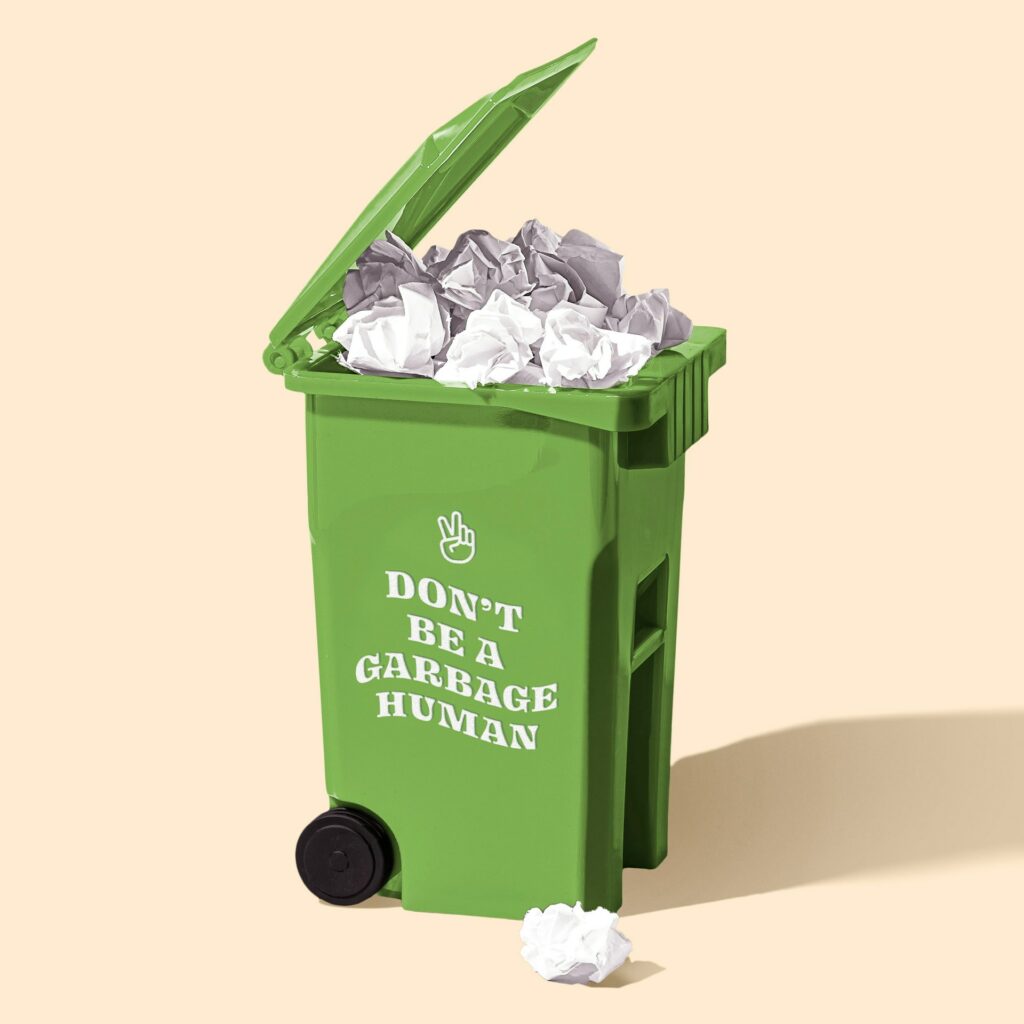
5) Recycle and reuse: before throwing something away, ask yourself if you can reuse it, resell it or give it away.

6) Limit your use of paper: reduce your paper consumption or choose to use recycled paper; try opting for digital versions of magazines or newspapers or reading books in electronic format.

7) Purchase certified products (e.g. FSC wood): choose products with a traceable supply chain or, if made of wood, from sustainable forests that are being regenerated.

8) Choose organic and locally sourced products: reduce or eliminate the purchase of products from other continents and choose seasonal and locally produced products as much as possible, preferably organic.

9) Use eco-friendly detergents: choose biodegradable or low environmental impact detergents certified with Ecolabel, ICEA or Ecocert labels.

10) Optimise heating and cooling: reduce heat loss in summer when using air conditioning and in winter when turning on the heating. Keep windows, shutters, or blinds closed when outside temperatures are at their most extreme to improve your home’s insulation.
The role of businesses and citizens together
The problems and challenges facing humanity are enormous. However, it is worth remembering that progress in the environmental field has been made possible thanks to the commitment of people who, individually and collectively, have reduced their impact, raised awareness among others and called on businesses, governments and institutions to adopt more environmentally responsible policies. It is a race against time, but only in this way can we guarantee a more liveable future for the generations that will come after us.
Today, citizens and businesses share the responsibility — and the opportunity — to take action to protect the planet.
Many companies have chosen to embark on a path of Corporate Social Responsibility (CSR), supporting environmental regeneration initiatives, as do WOWnature’s partner companies. In other cases, these actions are integrated with plans to measure, reduce and offset emissions, for an even more comprehensive commitment to sustainability.
Through WOWnature, it is possible to transform this commitment into concrete actions.
Adopting a tree means contributing to the growth of new forests, the protection of biodiversity and the reduction of atmospheric CO₂. Each tree represents a tangible gesture of environmental regeneration, capable of generating real benefits for people, territories and the climate.
Find out how you can contribute with WOWnature and join citizens and companies who choose every day to grow a greener and more sustainable future.
